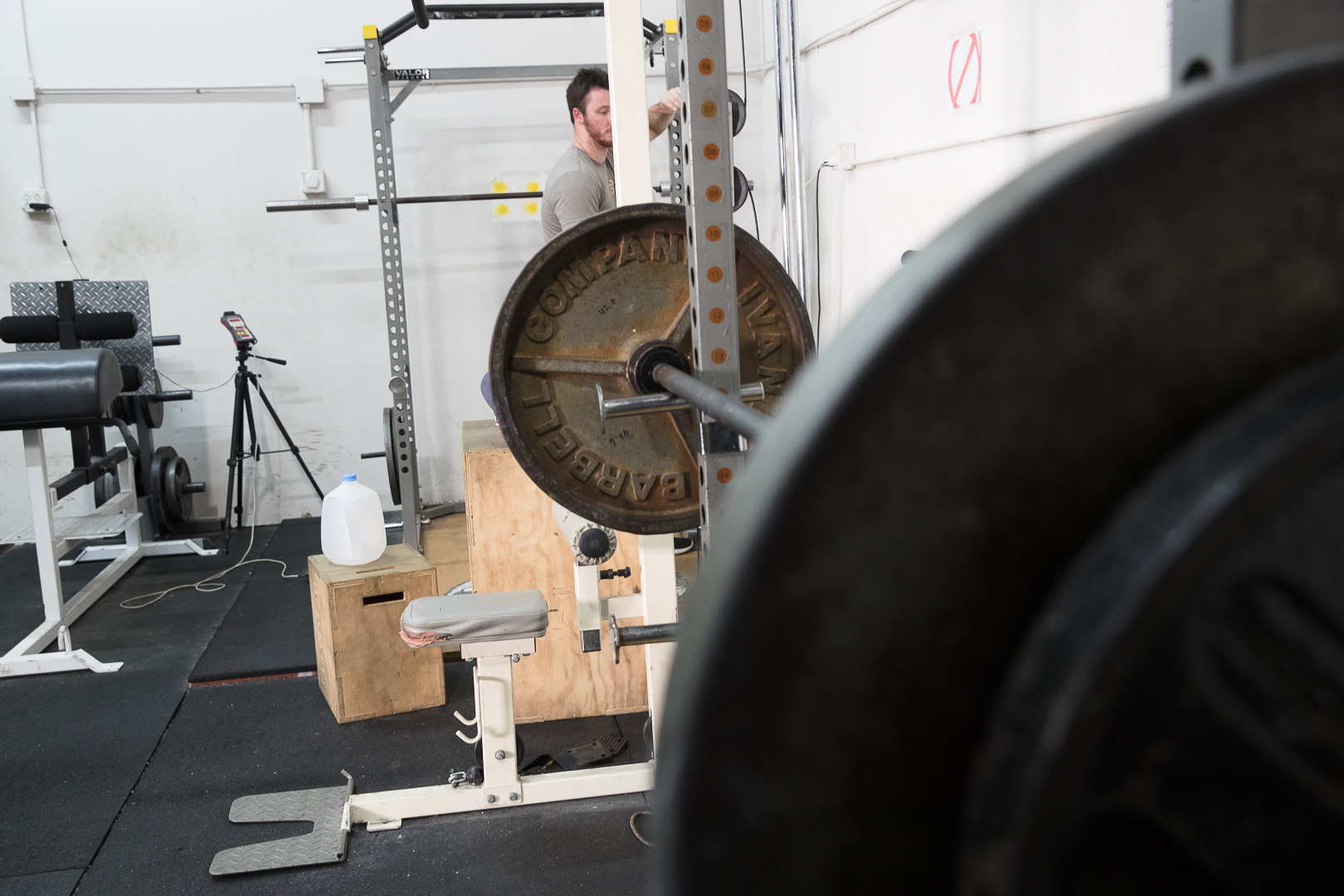The What, Why, and How of Deloading

I’m not sure if it’s the semi-persistent ringing of the age-old mantra, “No pain, no gain!”, or just a belief that always doing less is a bad thing, but the word “deload” tends to be a borderline dirty word to some athletes and coaches. It shouldn’t be.
Deloads are a necessary part of training and a piece that may help athletes take their training even further. How? Let’s start with the basics.
What Is a Deload?
Deloading is a period of reduced volume and/or intensity. It’s a time to promote recovery and restoration for the body and allow it to prepare for the next phase of training. Deloading is not a period of pure inactivity. It is not a time to sit on the couch and eat ice cream; athletes are doing a little less training than usual. By dropping a set or taking a few pounds off core lifts, the body is allowed to recover from the intensity of training.
The Why
A more recovered body is more likely to move bigger weights, which means improved performance during training—and improved performance is what we’re all after right? Right. Deloading works on the principle of supercompensation: start at a baseline level of strength, apply a training stimulus to the body for a period of time, then recover from it, and a new baseline level of strength will be higher, and the next block of training starts there.

But what if athletes don’t feel beat up and sore from their lifts? They will, eventually, if they’re participating in any sort of program that provides a training stimulus. Overtime, that stimulus adds up and their bodies will feel it. We want to stay ahead of that. By regularly having a deload period, athletes avoid falling into those detrimental states of demotivation while also reducing the risk of injury. What’s more, we even limit periods of plateau. By fluctuating the training stress, the body gets a new stimulus and that jump starts adaptation, which, more often than not, results in strength building faster than if the athlete had continued to train.
How to Deload
Implementing a deload is the easy part, and we’ve already hit on it. Reduce the volume and/or intensity of the training. If an athlete did four sets of back squats this month, drop it to three sets. If our athletes deadlifted at their working three-rep max for four sets, we’ll scale the intensity back and maybe even drop a set too if they’re feeling really poor. But like I said, this is the easy part. The hard part is knowing when to deload.

Every athlete is different, and everyone responds to training stimulus in different ways. At Driveline, we deload throwing and lifting on the fourth week of every training block. Why? The general window of needing a deload for most athletes tends to be in that four-to-six week window. Not all athletes fall into this, but the majority do, and I’d much rather deload a little earlier than necessary, rather than push a guy too far and have him plateau or feel beat up and unable to perform at optimal levels.
Like I said earlier, the goal is to improve performance. So, do your athletes’ bodies a favor. If you have them crushing training, but aren’t adding in a deload week, do it. Their bodies and performance will thank you.
This article was written by Lead of Athlete Performance Sam Briend
Comment section
Add a Comment
You must be logged in to post a comment.
Tracking Pitcher Development-Part 1, Performance Numbers – Pitching Performance -
[…] Baseball lead trainer Sam Briend wrote a great blog post on the concept of de-loading and describes that “Every athlete is different, and everyone responds to training stimulus […]